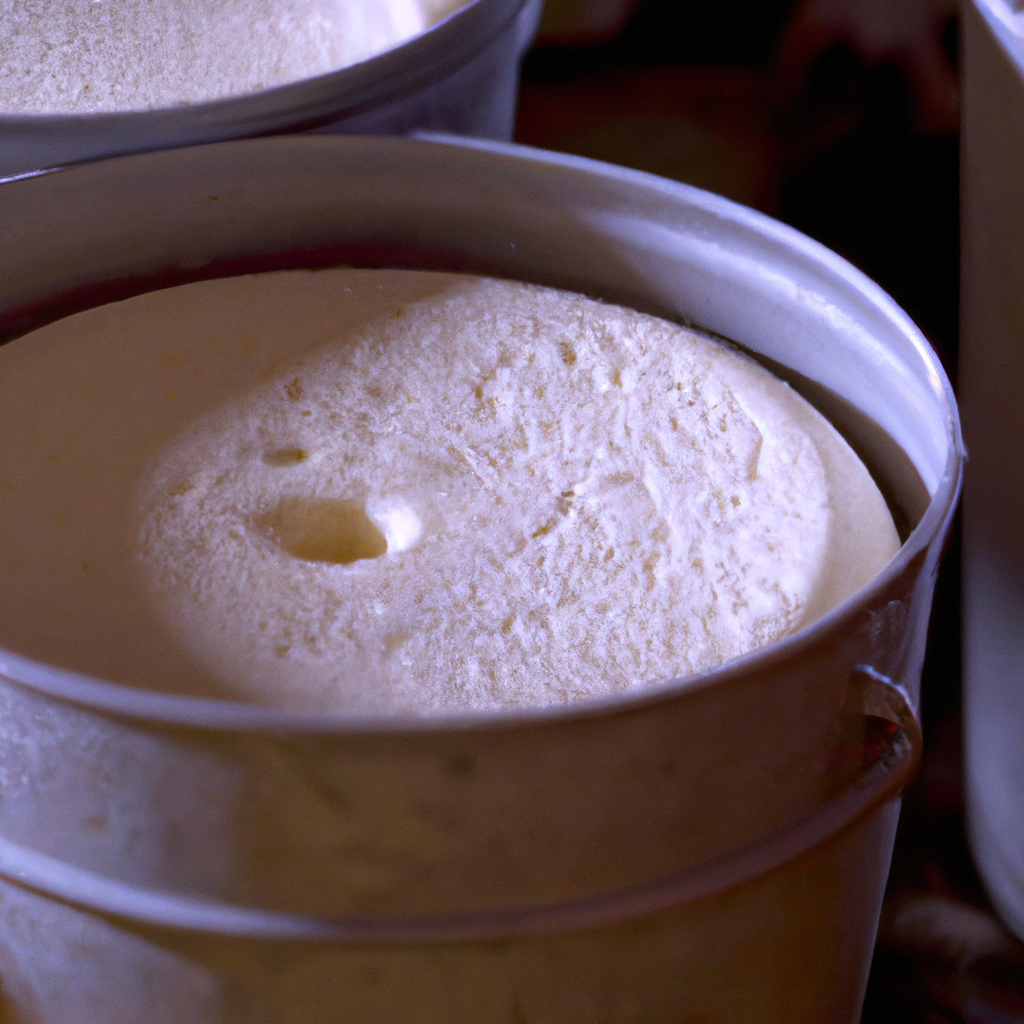Cheese has been a staple food for centuries, and its popularity has only grown over time. With the rise of artisanal cheese, more people are interested in understanding the cheese making process. Artisanal cheese is handcrafted cheese that is made using traditional cheese making techniques. This article will explore the cheese making process, including cheese production, cheese curdling, cheese aging, cheese fermentation, cheese varieties, and cheese culture.
Cheese Production

The first step in making artisanal cheese is to produce milk. The quality and type of milk used will affect the taste and texture of the cheese. Most artisanal cheese makers use raw milk, which is milk that has not been pasteurized. This is because pasteurization can affect the flavor and texture of the cheese. However, some cheese makers use pasteurized milk, which is heated to a specific temperature to kill harmful bacteria.
After the milk has been produced, it is transferred to a cheese vat. The cheese vat is where the milk is heated and mixed with rennet, which is an enzyme that helps to coagulate the milk. The milk is then left to curdle, which can take several hours.
Cheese Curdling
The next step in the cheese making process is cheese curdling. Curdling is the process of separating the milk solids from the liquid whey. This is done by adding rennet or another coagulant to the milk, which causes the milk proteins to clump together and form curds.
Once the curds have formed, they are cut into small pieces and stirred to release more whey. The curds are then heated to a specific temperature and left to settle. The whey is drained off, and the curds are pressed into molds or shaped by hand.
Cheese Aging
After the cheese has been shaped, it is ready for aging. Aging is the process of allowing the cheese to mature and develop its flavor and texture. The cheese is stored in a temperature and humidity-controlled environment, which can be a cave, cellar, or aging room.
The length of time that cheese is aged depends on the type of cheese being made. Some cheeses, like cheddar, can be aged for several months to several years. Other cheeses, like fresh cheese, are not aged at all.
Cheese Fermentation
Fermentation is another important step in the cheese making process. During fermentation, bacteria and other microorganisms in the cheese break down the lactose and other sugars in the cheese, producing lactic acid.
This process helps to develop the flavor and texture of the cheese. The type of bacteria and other microorganisms used in the fermentation process can also affect the flavor and texture of the cheese.
Cheese Varieties
There are many different types of artisanal cheese, each with its own unique flavor and texture. Some popular types of artisanal cheese include:
– Cheddar
– Brie
– Camembert
– Blue cheese
– Gouda
– Parmesan
– Feta
– Goat cheese
Each type of cheese is made using a different cheese making process, and the milk used to make the cheese can also affect the flavor and texture of the cheese.
Cheese Culture
Artisanal cheese making is a part of cheese culture, which is a rich and diverse tradition that spans centuries and continents. Cheese culture includes everything from the cheese making process to the way cheese is consumed and enjoyed.
In many cultures, cheese is an important part of the daily diet, and cheese making is a respected and valued profession. Today, the artisanal cheese movement is helping to preserve and celebrate this important tradition.
In conclusion, the process of making artisanal cheese involves producing milk, curdling the milk, aging the cheese, and fermenting the cheese. Each step in the process is important for developing the flavor and texture of the cheese. There are many different types of artisanal cheese, each with its own unique flavor and texture. Cheese culture is an important part of the cheese making tradition, and the artisanal cheese movement is helping to preserve and celebrate this rich tradition.






